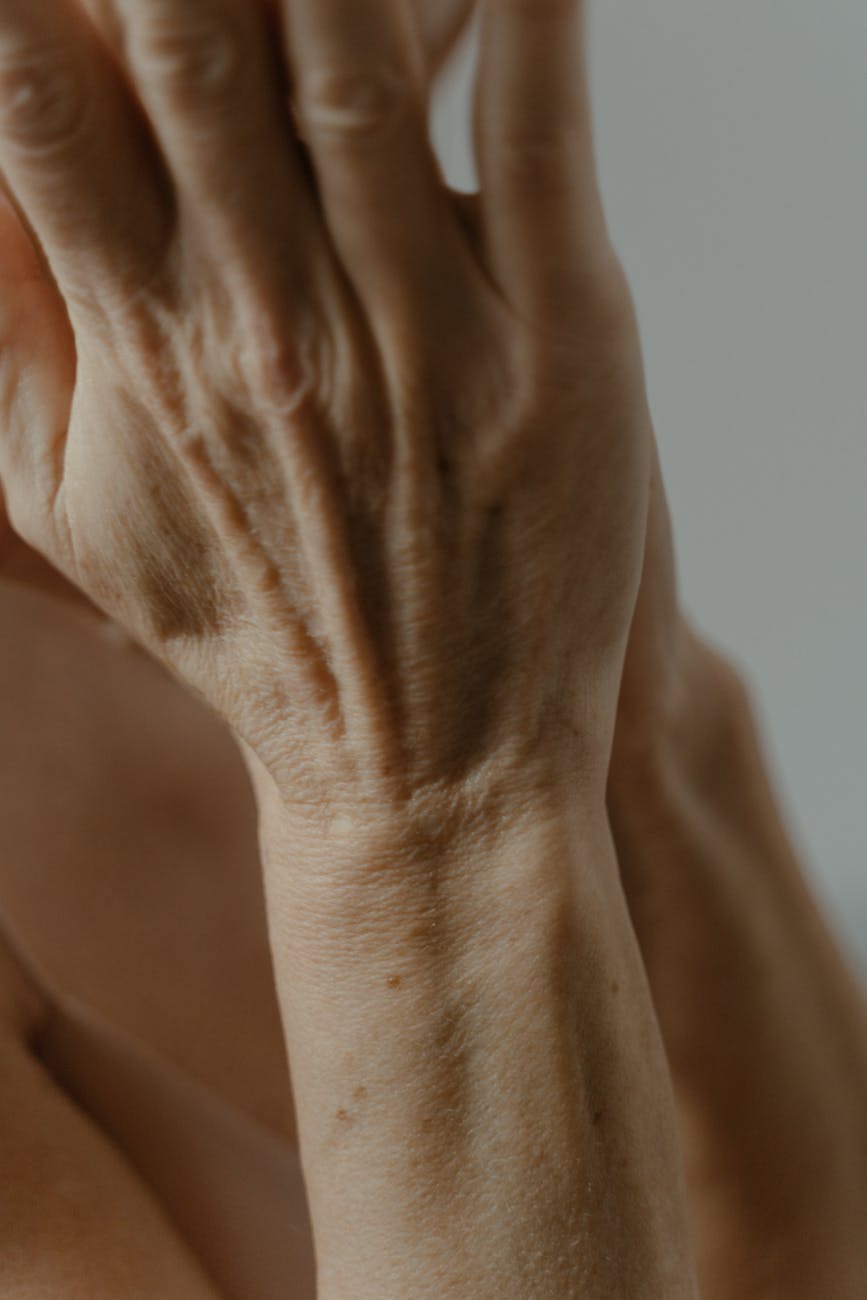
Introduction: Love your daily coffee or tea? You’re not alone. But what happens when you decide to cut back? Welcome to the world of caffeine withdrawal – a journey that over 90% of adults might face. Let’s unpack what caffeine withdrawal really means and how you can navigate it.
Understanding Caffeine Withdrawal: Caffeine, a central nervous system stimulant found in coffee, tea, and many soft drinks, is the most commonly used psychoactive drug worldwide. Reducing your intake can lead to withdrawal symptoms – your body’s response to the lack of its regular caffeine boost.
Common Symptoms:
- Headache: The classic sign of caffeine withdrawal, thanks to changes in cerebral blood flow.
- Fatigue: Missing that energy kick? It’s normal to feel tired or drowsy.
- Mood Changes: Feeling irritable, anxious, or down? Caffeine withdrawal can affect your mood.
- Concentration Issues: Caffeine often aids focus; withdrawing can temporarily dull mental sharpness.
- Physical Discomfort: Flu-like symptoms, constipation, and even dizziness can occur.
Timeline: Expect the Unexpected: Withdrawal symptoms can start 12 to 24 hours after your last caffeine dose and may peak within the first two days. The good news? They usually subside within a week.
Managing Withdrawal:
- Gradual Reduction: Cut back slowly rather than quitting cold turkey.
- Stay Hydrated: Water is your best friend during this time.
- Rest Well: Adequate sleep can counterbalance fatigue and mood changes.
- Consider Alternatives: Decaf options or herbal teas can help ease the transition.
Why Cut Back? While moderate caffeine intake has its perks, high consumption can lead to sleep disturbances and increased anxiety. Cutting back can improve your sleep quality and overall well-being.
Bottom Line: Caffeine withdrawal is a real phenomenon, but with gradual steps and self-care, you can navigate it smoothly. Whether you’re looking to reduce your intake or quit altogether, understanding and managing these symptoms is key to a successful transition.
Engagement Invitation: Have you experienced caffeine withdrawal? What worked for you? Share your tips and stories in the comments below!
FAQs for Caffeine Withdrawal Blog Post
- What are the initial signs of caffeine withdrawal?
The first signs of caffeine withdrawal typically include a headache, fatigue, and mood changes such as irritability or anxiety. These symptoms usually start 12 to 24 hours after your last caffeine intake. - How long do caffeine withdrawal symptoms last?
Caffeine withdrawal symptoms can last from a few days up to about nine days, with the intensity peaking in the first 48 hours. - Can caffeine withdrawal cause severe headaches?
Yes, one of the most common symptoms of caffeine withdrawal is a severe headache, which occurs due to changes in cerebral blood flow after stopping caffeine consumption. - Is dizziness a symptom of caffeine withdrawal?
Dizziness can be a symptom of caffeine withdrawal, often accompanying headaches or resulting from dehydration. - How can I manage fatigue during caffeine withdrawal?
To manage fatigue, ensure adequate sleep, stay hydrated, and consider gradually reducing caffeine instead of stopping abruptly. - Are there any dietary tips to ease caffeine withdrawal symptoms?
Eating a balanced diet rich in fruits, vegetables, and whole grains can help. Staying hydrated is also crucial. Some find that small amounts of dark chocolate help with mood and headache. - Can cutting out caffeine improve my sleep?
Yes, reducing caffeine intake, especially in the afternoon and evening, can improve sleep quality, as caffeine can disrupt sleep patterns. - What are some natural alternatives to caffeine to combat withdrawal?
Herbal teas, decaffeinated coffee, and adaptogenic drinks can be good alternatives. Regular exercise and staying hydrated also help in managing withdrawal symptoms. - Does everyone experience caffeine withdrawal the same way?
No, experiences with caffeine withdrawal vary widely. Factors like the amount of daily caffeine intake, individual metabolism, and overall health influence the severity of symptoms. - Can caffeine withdrawal affect my mental health?
Temporary mood changes like irritability, anxiety, and depression can occur during caffeine withdrawal due to changes in brain chemistry, particularly in dopamine sensitivity.
Blog Tags for Caffeine Withdrawal Post:
caffeine withdrawal, coffee withdrawal, symptoms management, headache relief, fatigue, mood swings, dietary tips, sleep improvement, natural alternatives, mental health, hydration, detox, health and wellness, lifestyle change, nutrition, personal care, wellbeing, stress management, energy boost, caffeine addiction











